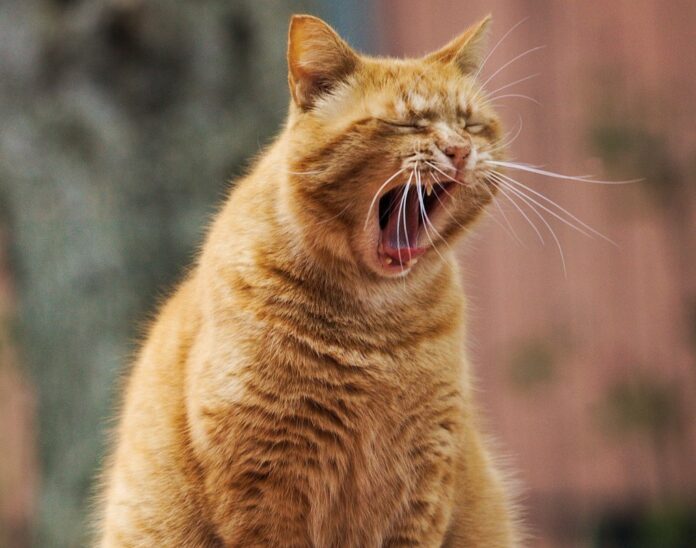Understanding “Whisker Stress” in Cats: What You Need to Know
If you are a cat owner, you may have come across buzzwords like “whisker-friendly,” “whisker fatigue,” and “whisker stress-free” in advertisements for pet food and water dishes. Recently, a theory has emerged suggesting that cats’ sensitive whiskers can become overstimulated from contact with standard food and water dishes, leading to a condition referred to as “whisker stress” or “whisker fatigue.” This phenomenon may affect a cat’s enjoyment of food, quantity of food consumed, and overall health.
The Debate on Whisker Stress
The existence of whisker stress remains a subject of debate among veterinarians, animal behaviorists, and cat owners. While more research is needed to explore whether whisker stress truly exists, opinions vary widely within the pet care community. Consequently, further investigation is essential to determine the condition’s prevalence, which cats may be susceptible, and potential preventive measures.
Innovations in Pet Dish Design
Despite the ongoing debate, many companies have proactively designed food and water dishes aimed at alleviating whisker stimulation. These newly developed dishes feature shallower depths and wider openings compared to conventional models. Such alterations aim to provide a more comfortable feeding experience for cats.
Recent Research Findings on Whisker-Friendly Dishes
A recent study examined the effectiveness of whisker-friendly dishes in modifying cats’ eating habits. This research involved a sample of 38 household cats, each evaluated using both their standard food dish and a specially designed whisker-friendly dish—crafted from either stainless steel or ceramic, aligning with their typical dishes.
- Initial Testing: Cats were fasted for 12 hours. Owners recorded their typical feeding behavior using the usual dish, noting the duration spent eating, amount consumed, and number of kibbles dropped.
- Alternate Dish Assessment: The following week, the same cats were fed from the whisker-friendly dish under the same conditions.
- Preference Comparison: Finally, the cats were presented with both dishes side-by-side to determine their preferred option.
Findings from the study indicated that the type of dish did not significantly influence the cats’ feeding behavior. There was no notable difference in the time spent eating, the amount of food consumed, or the quantity of food dropped. However, in the side-by-side preference test, approximately 63% of cats showed a preference for the whisker-friendly dish.
Individual Needs of Cats
This study mirrors previous findings regarding the varied responses of cats to water fountains. While some cats thrive and drink more from fountains than traditional bowls, others show indifference or aversion. This underscores the importance of recognizing that each cat is an individual with unique preferences and needs.
Next Steps for Cat Owners
Despite the study’s inconclusive results regarding whisker-friendly dishes, it highlights the necessity for ongoing research aimed at optimizing the health, nutrition, and overall well-being of cats. Stress remains a significant factor, particularly for indoor cats.
For more resources on indoor cat care, including essential needs and strategies to address common behavioral issues, we recommend visiting the Indoor Pet Initiative website. Moreover, if you notice changes in your cat’s eating habits or behaviors, consulting with a veterinarian is always advisable.
Conclusion
Understanding whisker stress and its implications is an evolving field of study. While the benefits of whisker-friendly dishes remain under scrutiny, ongoing research is essential to fostering the health and happiness of our feline companions.
Reference: Slovak JE, Foster TE. Evaluation of whisker stress in cats. Journal of Feline Medicine and Surgery 2021; 23(4): 389-392.











